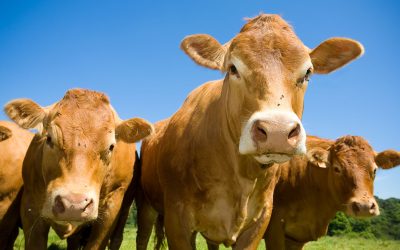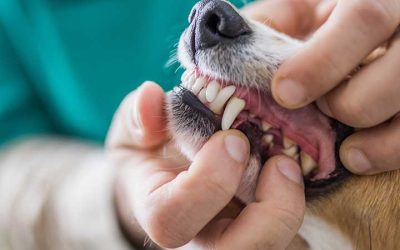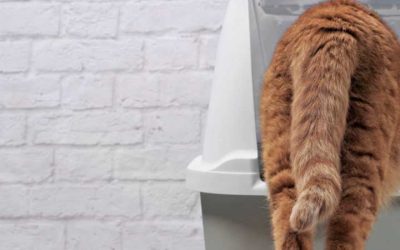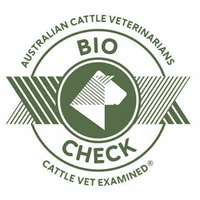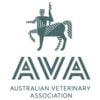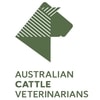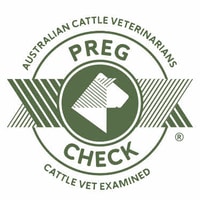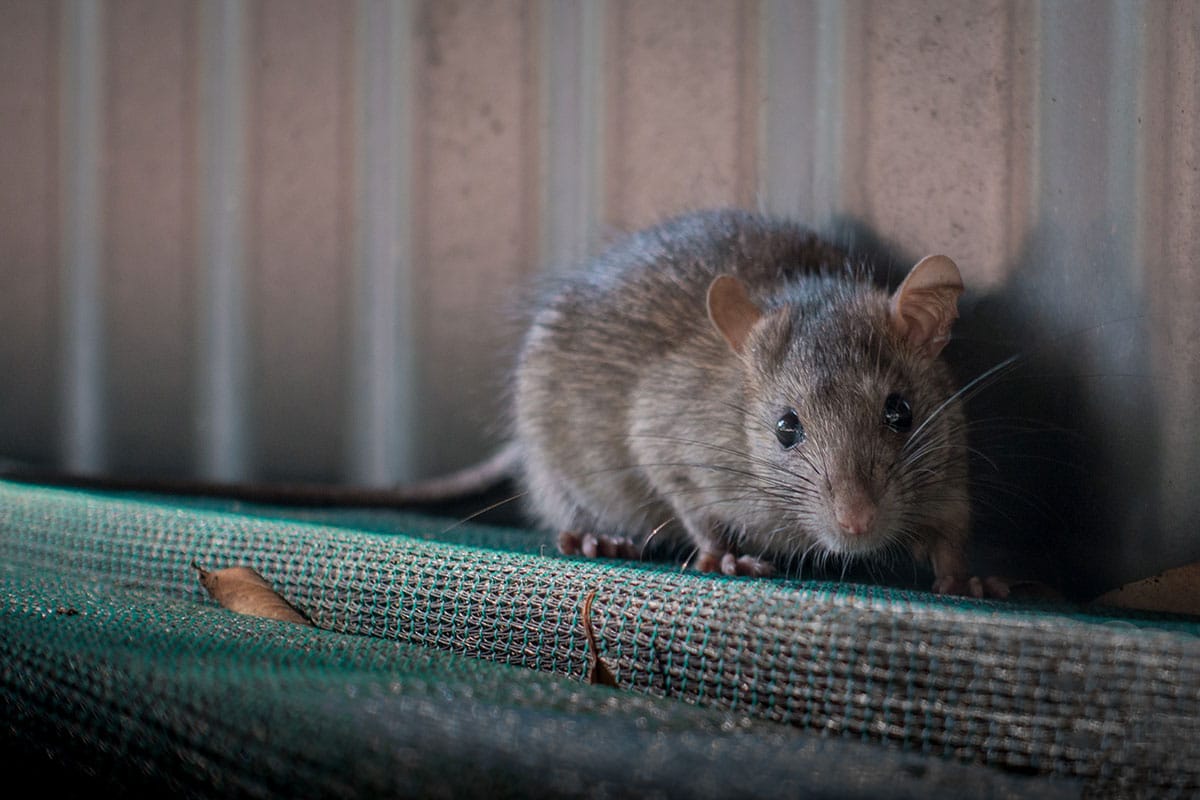
Take care when choosing rodenticides this winter as it could mean the difference between life or death of your pet. Not all baits are equal in their toxicity and you should always refer to the ingredients listed on the product.
There are three key types of Rat Bait:
SINGLE DOSE ACUTE POISONS (metal phosphides – zinc, aluminium, magnesium & calcium) which lead to quick death of rodents and are very high risk to other animals that eat the bait directly.
- Once bait containing Zinc phosphide are ingested by the rodent, the pesticide reacts with the stomach acid in the digestive system to produce a toxic phosphide gas.
SINGLE DOSE ANTICOAGULANTS (broadifacoum, flocoumafen & difenacoum) are all highly lethal anticoagulant poisons which lead to a slower death of the rodent but are also toxic to non-target animals.
- Single dose acute poisons & anticoagulants leave high poison residues in the rodents. This creates a high secondary risk to pets, working dogs, and bird life who might consume carcasses. They are also potentially lethal if ingested directly.
MULTIPLE DOSE ANTICOAGULANTS which kill in around the same time as the single dose anticoagulants but with a much lower risk to other animals.
- These rodenticides reduce the risk to non-targeted animals that eat poisoned rodents or ingest the bait directly. Rodents must ingest multiple doses, metabolising the toxin over several days for it to take effect. This leads to significantly lower residues in the dead or dying rodents. If these are ingested by non-target animals, the risk of harm is very low.
Using bait stations is vital to minimise the risk of direct poisoning but they do not prevent secondary poisoning. In cases where bait stations have been used, we still see high levels of toxins in the dying rodents, which is enough to also poison the dog/cat. Treatment can include blood transfusions and can cost a significant amount to treat the dog/cat and save its life.
In some cases where people do not use any form of rodenticide, their pets have still been affected by infected rodents that have wandered from adjoining properties.
In summary, rodenticides are a successful way of eradicating large infestations of rats and mice. However, homeowners & farmers should consider the type of bait they purchase and its potential risk to children, pets, working dogs & wildlife.
RELATED ARTICLES
Calving – When to intervene
The most common reason for calf losses in the cattle industry are calving difficulties, known as dystocia. In order to recognise dystocia promptly, an understanding of the normal calving process is necessary. The more difficult the calving; the greater the risk of...
Discount desexing
This Winter we are offering our annual 20% off de-sexing’s for both dogs & cats from 1st June to 31st July. If it's something you have been putting off then wait no longer! ADVANTAGES OF DESEXING Reduction in vet bills by reducing the following health conditions;...
The Importance of Dental Care for Your Pet
Did you know that 80% of dogs and 70% of cats over three years of age have some form of dental disease? Dental disease can not only be painful and uncomfortable for pets, but the procedure to clean and remove teeth becomes more complicated and often more costly to...
Urinary Blockages in Cats
What is a urinary blockage? Urinary blockages in cats are often referred to as ‘blocked bladders’ and ‘urethral obstructions’. This is a common, potentially life-threatening condition, especially amongst neutered male adult cats and overweight cats. A urinary...
RELATED
ARTICLES
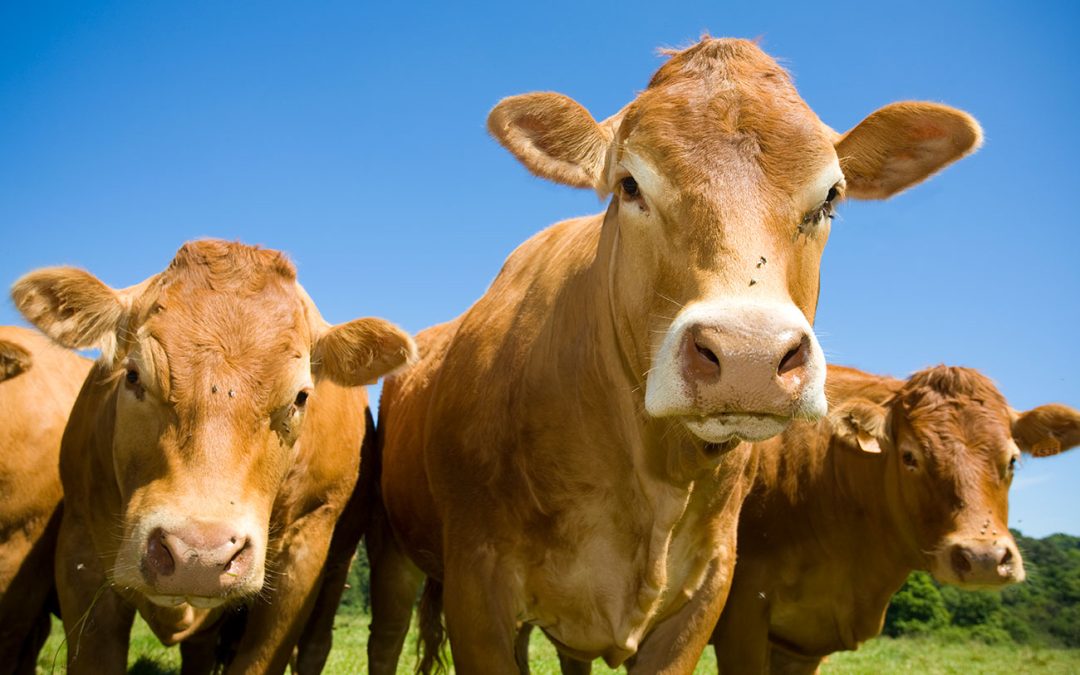
Calving – When to intervene
The most common reason for calf losses in the cattle industry are calving difficulties, known as dystocia. In order to recognise dystocia promptly, an understanding of the normal calving process is necessary. The more difficult the calving; the greater the risk of...

Discount desexing
This Winter we are offering our annual 20% off de-sexing’s for both dogs & cats from 1st June to 31st July. If it's something you have been putting off then wait no longer! ADVANTAGES OF DESEXING Reduction in vet bills by reducing the following health conditions;...
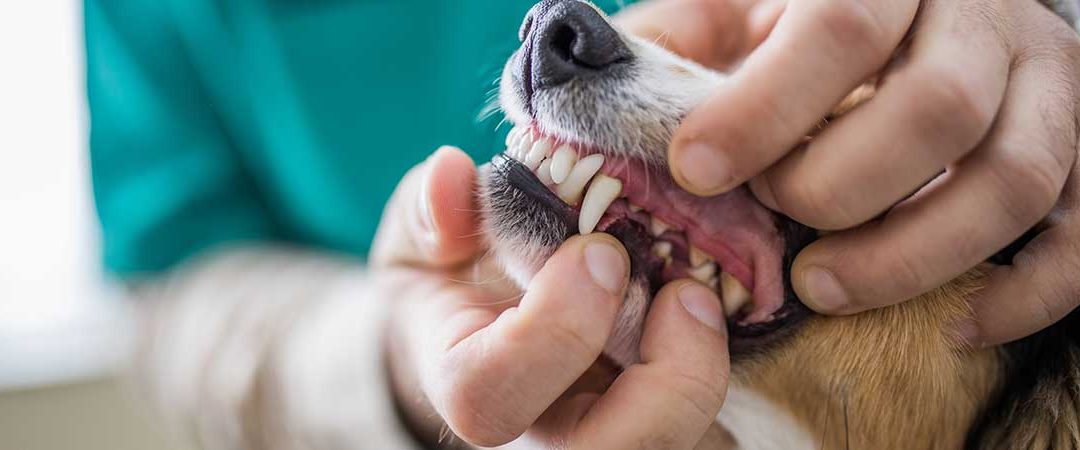
The Importance of Dental Care for Your Pet
Did you know that 80% of dogs and 70% of cats over three years of age have some form of dental disease? Dental disease can not only be painful and uncomfortable for pets, but the procedure to clean and remove teeth becomes more complicated and often more costly to...
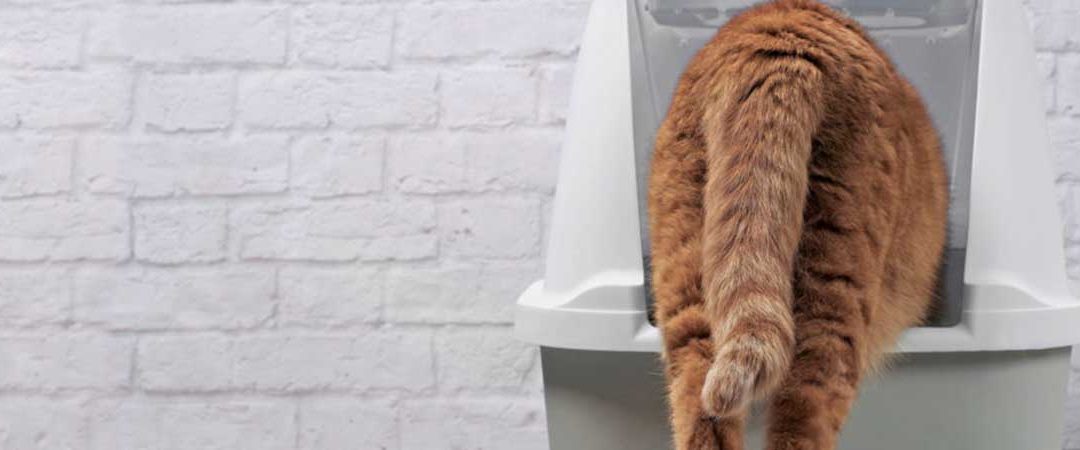
Urinary Blockages in Cats
What is a urinary blockage? Urinary blockages in cats are often referred to as ‘blocked bladders’ and ‘urethral obstructions’. This is a common, potentially life-threatening condition, especially amongst neutered male adult cats and overweight cats. A urinary...
Call Us Today To Discuss Your Animal Needs
Business Hours Phone: 07 4693 2233




